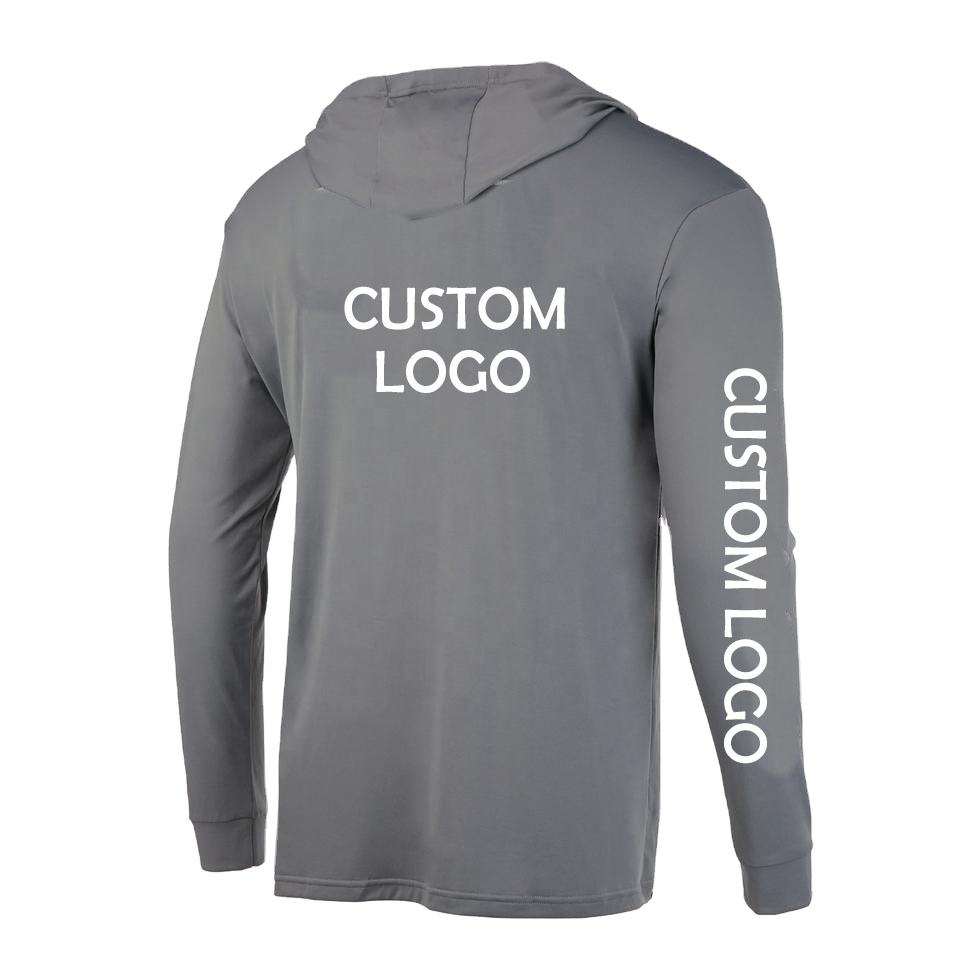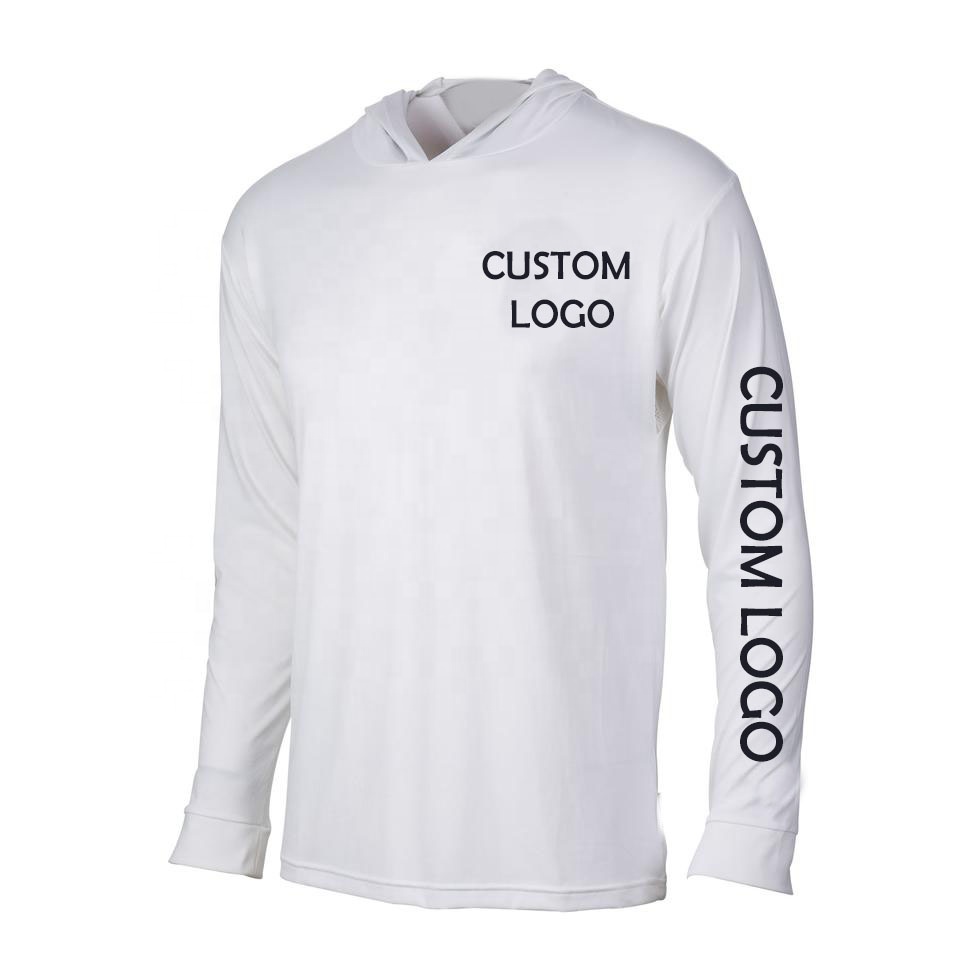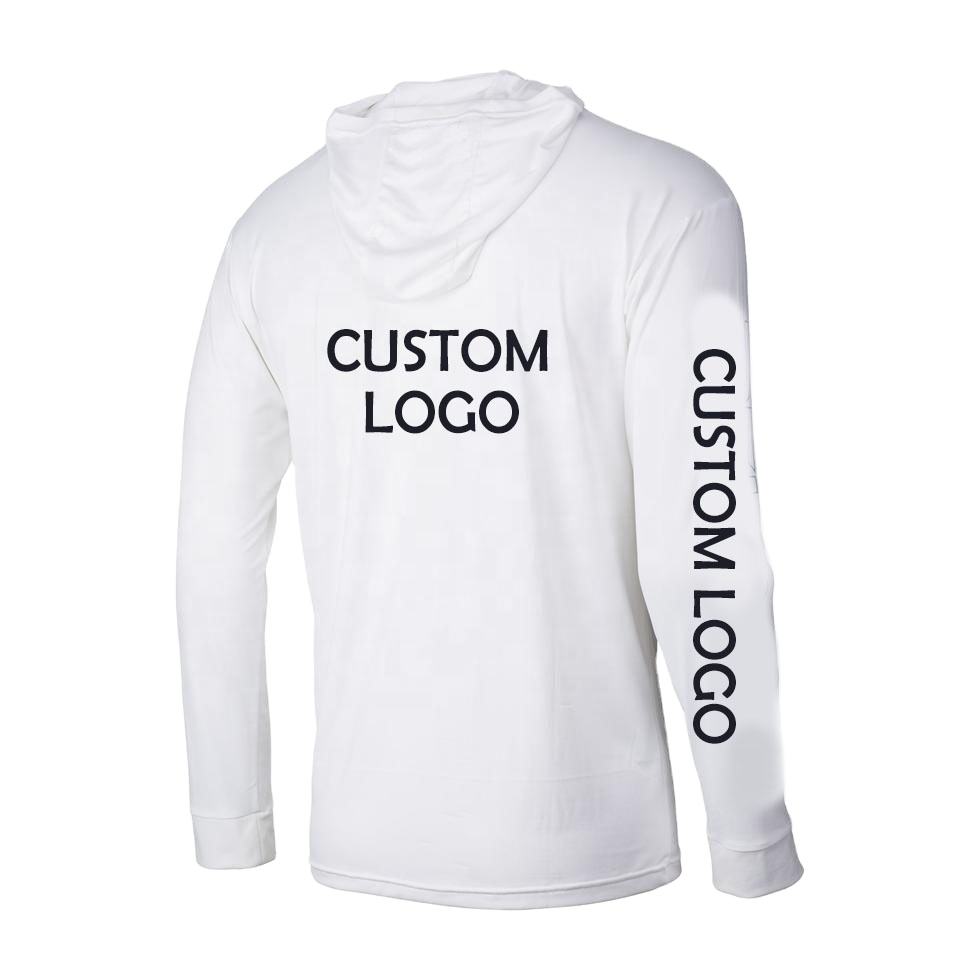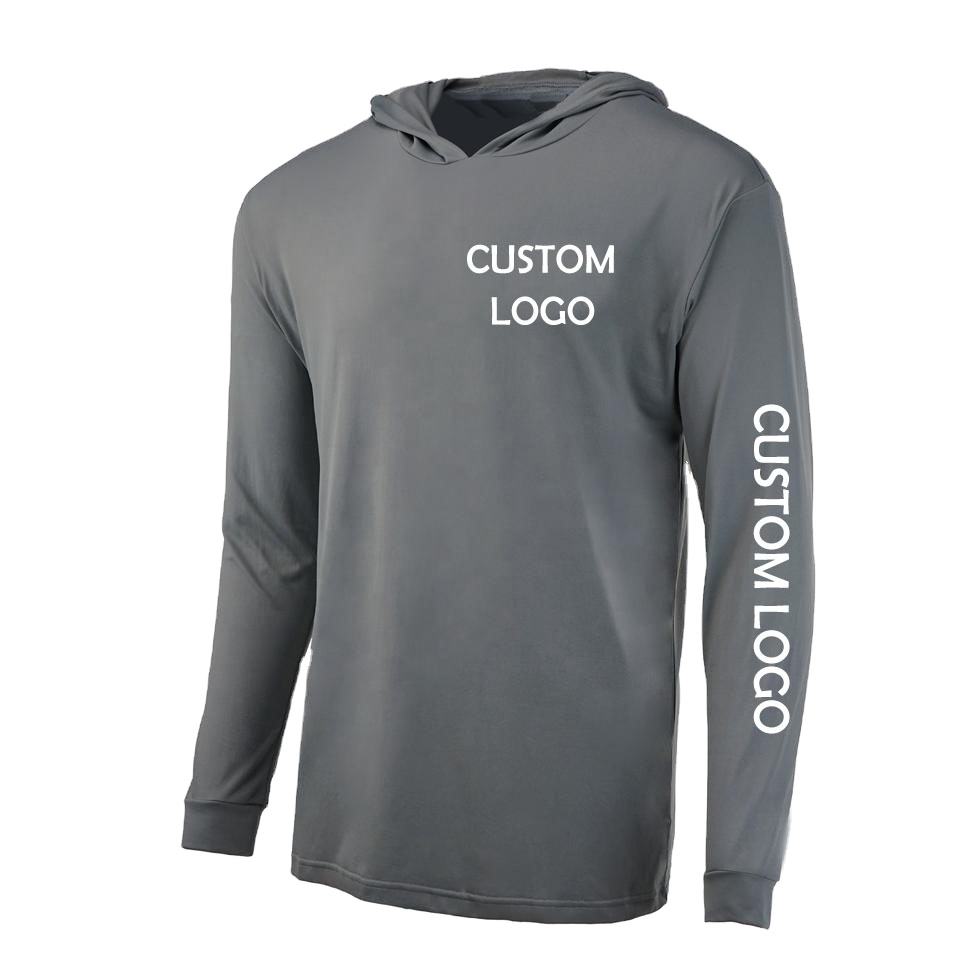When choosing employee uniforms, there are several things to consider:
1. Branding: The uniform should align with your company’s branding and image.
It is important for the uniform to align with the company’s branding and image. This helps to create a consistent visual identity for the company and makes it easier for customers to recognize and remember the brand. This can include using the company’s colors, logo, and design elements in the uniform. Additionally, the uniform should also be appropriate and professional, as it represents the company and its values to customers.
Having a consistent and recognizable uniform can also help to build a sense of unity and pride among employees. It can help employees to feel more connected to the company and its mission, and can also make it easier for customers to identify and approach employees when they need assistance.
The uniform can also be used as a marketing tool, making it a great way to draw attention to the company, especially when employees are out in public. This could be through the use of bright colors or a logo.
It’s also important to keep in mind the practicality and function of the uniform. The uniform should be comfortable and suitable for the work that employees will be doing, as well as being easy to maintain and clean.
2. Comfort: The uniform should be comfortable for employees to wear, especially if they are required to wear it for long periods of time.
A comfortable uniform can help to improve employee morale and productivity, as well as reduce the risk of injuries or discomfort caused by ill-fitting or restrictive clothing.
When considering the comfort of a uniform, factors such as material, fit, and ventilation should be taken into account. For example, breathable fabrics can help to keep employees cool in warm weather, while a relaxed fit can allow for a full range of movement.
It’s also important to consider the specific needs of employees, such as those who may have physical limitations or allergies to certain materials.
Additionally, employee input should be considered when selecting uniforms. By involving employees in the process, you can gather feedback on what they find comfortable and what they would like to see improved. This can help to ensure that the final uniform design is well-suited to the needs of employees and will be well-received.
Another way to ensure comfort for employees is to provide multiple options for the uniform, such as different styles or fits. This can help to accommodate employees with different body types or preferences.
It’s also important to consider the environment in which the employees will be working. For example, if they will be working in a hot kitchen or a cold warehouse, the uniform should be designed to keep them comfortable in that specific environment.

3. Durability: The uniform should be able to withstand frequent washing and wear.
Durability is an important factor to consider when selecting uniforms. The uniform should be able to withstand frequent washing and wear, as it will likely need to be cleaned on a regular basis. This can help to ensure that the uniform lasts as long as possible and reduces the need for frequent replacement.
When considering the durability of a uniform, factors such as the type of fabric, the quality of construction, and the colorfastness should be taken into account. For example, fabrics that are made from durable materials such as polyester or nylon can withstand frequent washing and wear better than natural fibers like cotton. Also, good construction like reinforced seams and double stitching can make the uniform more durable.
It’s also important to consider the specific needs of the work environment. For example, if employees will be working in a dirty or greasy environment, the uniform should be made of a fabric that is easy to clean and stain resistant.
4. Safety: The uniform should be safe for employees to wear, especially if they are required to work in hazardous environments.
Safety is an important factor to consider when selecting uniforms, particularly if employees are required to work in hazardous environments. The uniform should be safe for employees to wear and not pose any risks to their health or well-being.
When considering the safety of a uniform, factors such as the type of fabric, the fit, and the visibility should be taken into account. For example, if employees are working in a hot environment, the uniform should be made of flame-resistant fabric. If they are working in a hazardous environment, the uniform should be designed to protect them from potential hazards. If they are working in a low-light environment, the uniform should be designed to be highly visible.
It’s also important to consider the specific needs of the work environment. For example, if employees will be working in a hazardous environment such as a construction site or a laboratory, the uniform should be designed to provide extra protection such as reflective tape, hard hats, safety shoes, or goggles.
It’s also important to provide proper training for the employees to understand how to use and care for the safety equipment that is provided with the uniform.

5. Cost: The uniform should be cost-effective and budget-friendly for the company.
Cost is an important factor to consider when selecting uniforms. The uniform should be cost-effective and budget-friendly for the company, while still meeting the needs and requirements of the employees and the company.
When considering the cost of a uniform, factors such as the type of fabric, the design, and the quantity should be taken into account. Using cost-effective materials such as polyester blends instead of more expensive fabrics like wool can help to reduce costs. Also, bulk purchasing can help to lower the cost per unit.
It’s also important to consider the long-term costs associated with the uniform. For example, a cheaper uniform that needs to be replaced frequently can end up costing more in the long run than a higher-quality uniform that lasts longer.
It’s also important to consider the potential cost savings of a well-designed uniform. A uniform that promotes a professional image and helps to create a positive reputation for the company can lead to increased sales and customer loyalty, which can offset the cost of the uniform.
6. Functionality: The uniform should be appropriate for the type of work being performed, with pockets and closures that make the work easier.
Functionality is an important factor to consider when selecting uniforms. The uniform should be appropriate for the type of work being performed and should be designed to make the work easier and more efficient for the employees.
When considering the functionality of a uniform, factors such as pockets, closures, and ventilation should be taken into account. For example, if employees are working in a job that requires them to carry tools or equipment, the uniform should have pockets or loops to securely hold those items. If employees are working in a job that requires them to move frequently, the uniform should be designed to allow for a full range of movement.
It’s also important to consider the specific needs of the work environment. For example, if employees are working in a kitchen, the uniform should be designed to protect them from heat and spills and should be easy to clean. If employees are working in a laboratory, the uniform should be designed to protect them from chemicals.

7. Compliance: The uniform should be compliant with any relevant industry or legal standards.
Compliance is an important factor to consider when selecting uniforms. The uniform should be compliant with any relevant industry or legal standards. This can help to ensure the safety of employees and customers, and can also help to prevent the company from facing any penalties or fines.
When considering compliance, factors such as safety regulations, industry standards, and local laws should be taken into account. For example, if employees are working in a job that requires them to handle food, the uniform should comply with food safety regulations. If employees are working in a job that requires them to operate heavy machinery, the uniform should comply with workplace safety regulations.
It’s also important to consider the specific needs of the work environment. For example, if employees are working in a healthcare facility, the uniform should comply with infection control regulations.
It’s also important to keep up-to-date with any changes in industry or legal standards and to review the uniform regularly to ensure that they are still compliant.
8. Personalization: The uniform should have options for personalization, like name tags, embroidery, and different sizes.
Personalization is an important factor to consider when selecting uniforms. The uniform should have options for personalization, such as name tags, embroidery, and different sizes, to make it unique to each employee. This can help to create a sense of ownership and pride among employees and make it easier for customers to identify and approach employees when they need assistance.
When considering personalization, options such as name tags, embroidery, and different sizes should be taken into account. For example, name tags can help to identify employees and make them easily recognizable to customers. Embroidery can be used to add a company logo or employee’s name to the uniform. Offering different sizes can help to ensure that the uniform fits each employee properly.
It’s also important to consider the specific needs of the employees. For example, if employees have a preference for a certain type of collar or cuff, the uniform should offer that option.


